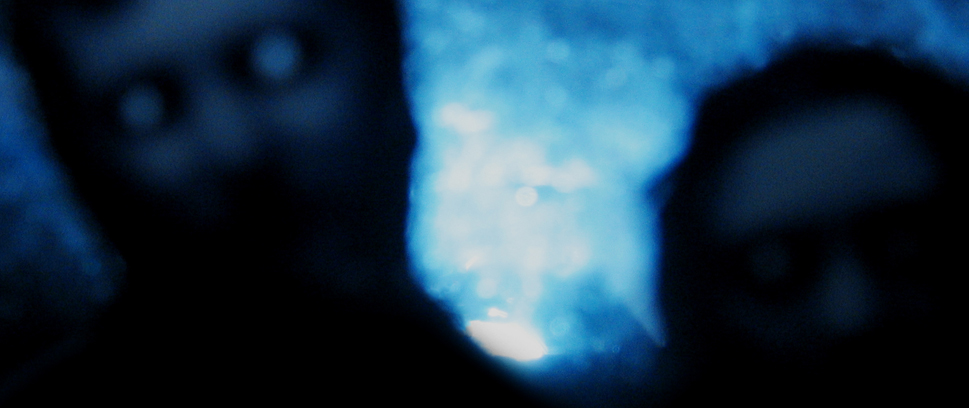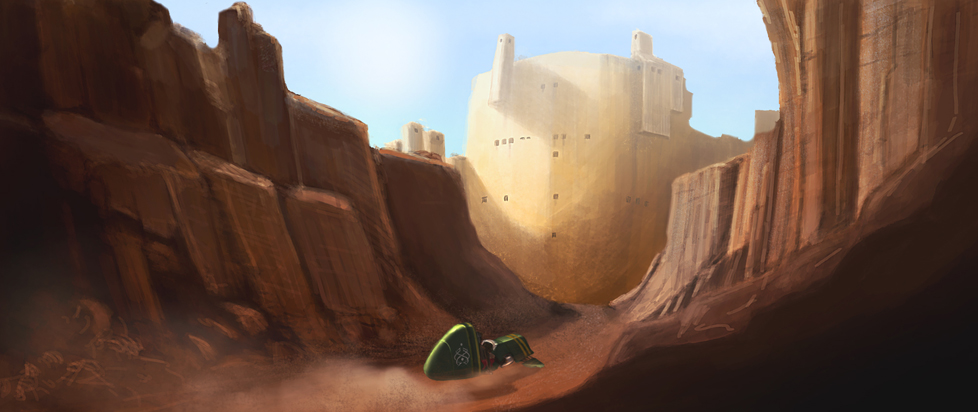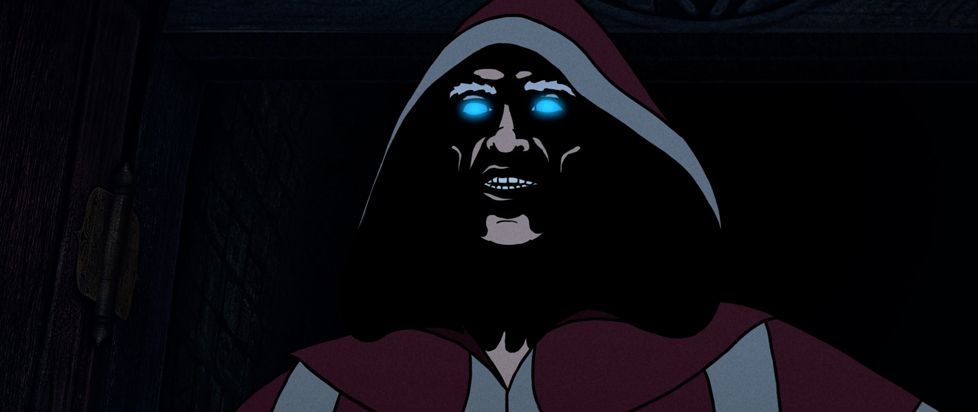
Reconsidering Rotoscoped Animation for its Second Century
This is a feature story from Unwinnable Monthly #144. If you like what you see, grab the magazine for less than ten dollars, or subscribe and get all future magazines for half price.
———
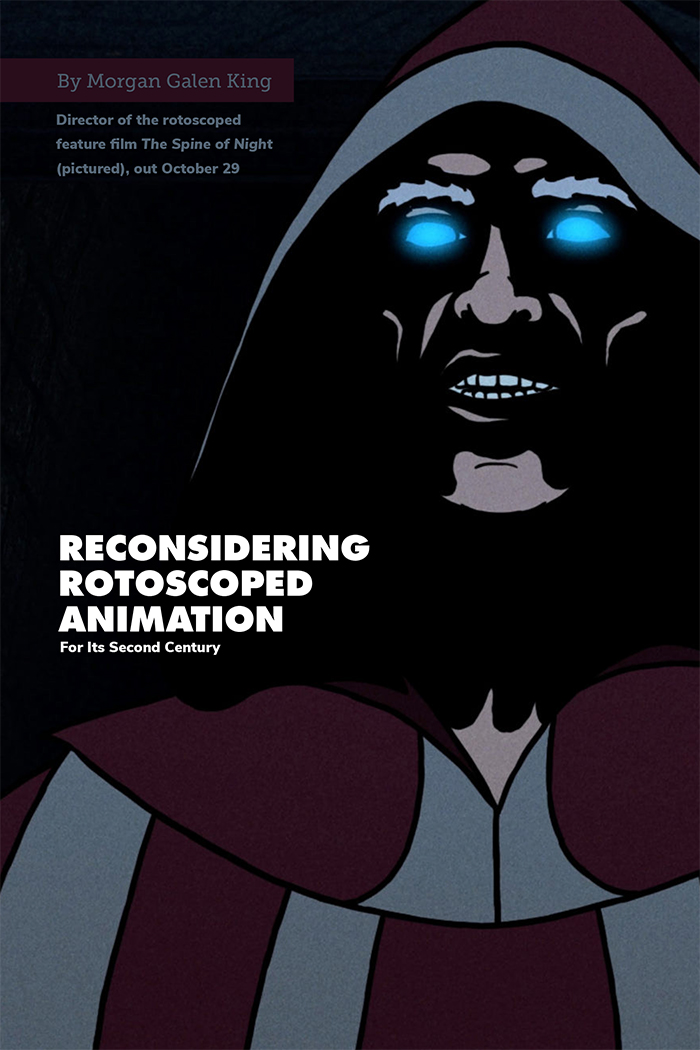
Despite its consistent use in animation over the last hundred years, rotoscope animation remains a bit of an enigma to audiences. That’s likely owing to its distinctive look – animation based on human performances – being so formally unfamiliar, even for enthusiasts of popular animation. Its commercial appeal only coming in inconsistent waves, the last peak hitting almost 40 years ago, surely isn’t helping with modern familiarity. Which is to say that it is unsurprising that the style’s unorthodoxy only really feels right at home in outsider art and adult animation.
For most of my lifetime, rotoscope animation – the aesthetic that exists in the sliver of overlap in the Venn diagram between traditional animation and live action film – has largely been a bewitching technological curiosity, one that doesn’t fully adhere to the standardized rules of either of those well-established, and nearly binary, modes of storytelling. I suspect that, for many artists working with rotoscoping, what can be done in that stylistic no man’s land still feels like a largely unexplored frontier. As the approach moves into its second century, there are plenty of reasons to think its future is going to be exciting.
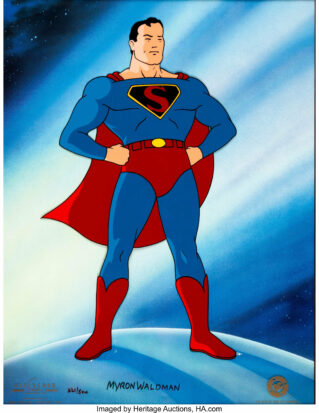
First, though, a little history. From its earliest experimental use in 1915 by legendary animator Max Fleischer, the rotoscope animation approach of filming live action reference footage for artists to work from directly became deeply entwined with animation’s rapid technological growth. This would lead to the honorary Academy Award for “significant screen innovation” for Disney with Snow White in 1937 and later rotoscoped works drew further Academy honors for Fleischer’s Gulliver’s Travels (1939) and the (utterly stunning) 1941 Superman series. It was a booming time in the mainstream for the animation style.
However, like so many things of the era, the aftermath of World War II brought a sea change to the animation industry, and to the use of rotoscoping, specifically, as the West shied away from it as being old-fashioned and expensive. Meanwhile, Soviet Russia adopted it as the state animation style to comport with the Socialist Realism artistic movement, the end result being decades of rotoscope animated children’s fables that have been little seen outside of the region.
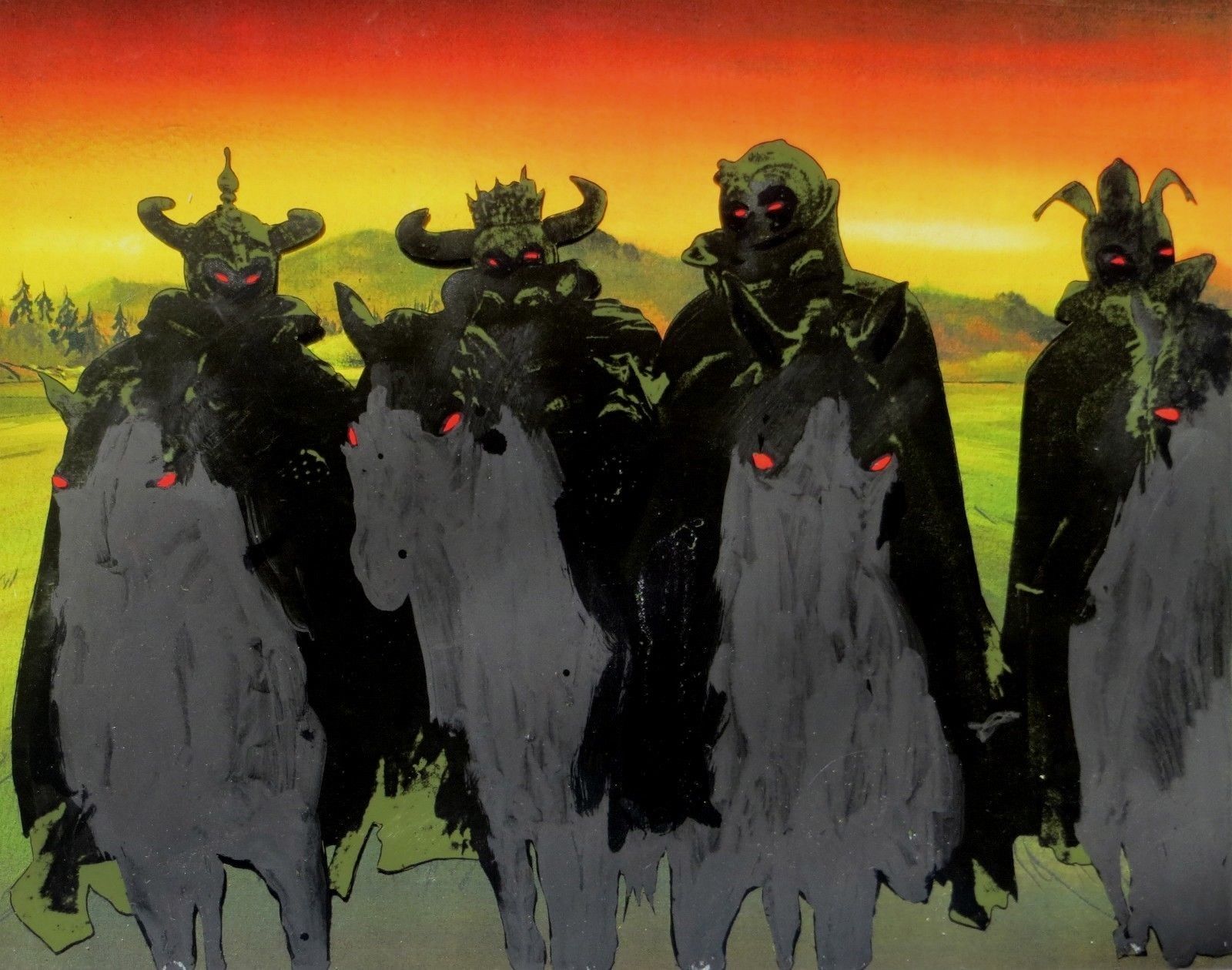
Regardless, only a couple of decades later, rotoscoping hit its next big wave through the pop culture. This time kicked off by Ralph Bakshi’s use of the aesthetic to capture both the more mature themes in, and the incredible fantasy world of, The Lord of the Rings in 1978. Though he’d used limited rotoscoping in his previous fantasy film, Wizards (1977), here it was the foreground of the work. While the style had always found a home with fables and fairy tales, Bakshi’s Lord of the Rings effectively made it the default aesthetic for animated fantasy during the era. From key sequences in all-timer animated cult classic Heavy Metal (1983), to Bakshi’s next fantasy feature, the Frank Frazetta collaboration Fire and Ice (1983), and making its way to TV in select (and oft-repeated) shots in He-Man (1983), among others. It was the animated cornerstone of the fantasy era that spawned Dungeons & Dragons and a bevy of live action films (Dragonslayer and Excalibur in 1981, Conan and Beastmaster in 1982, Lucio Fulci’s Conquest in 1983, etc.)
This is where I came in, my formative years were fundamentally defined by this peak of rotoscoping’s second major wave – A-Ha’s classic rotoscoped “Take on Me” video was always playing on MTV, rotoscoped video games The Prince of Persia and Karateka were hits and all the Bakshi films (and Fleischer classics) were making their way to VHS. There was also that one sleepover where a friend’s older sister’s older boyfriend brought over a bootleg tape of Heavy Metal and what I was told were clove cigarettes (though I now suspect that’s not what that secondhand smoke was). A magical age for a young nerd, either way.
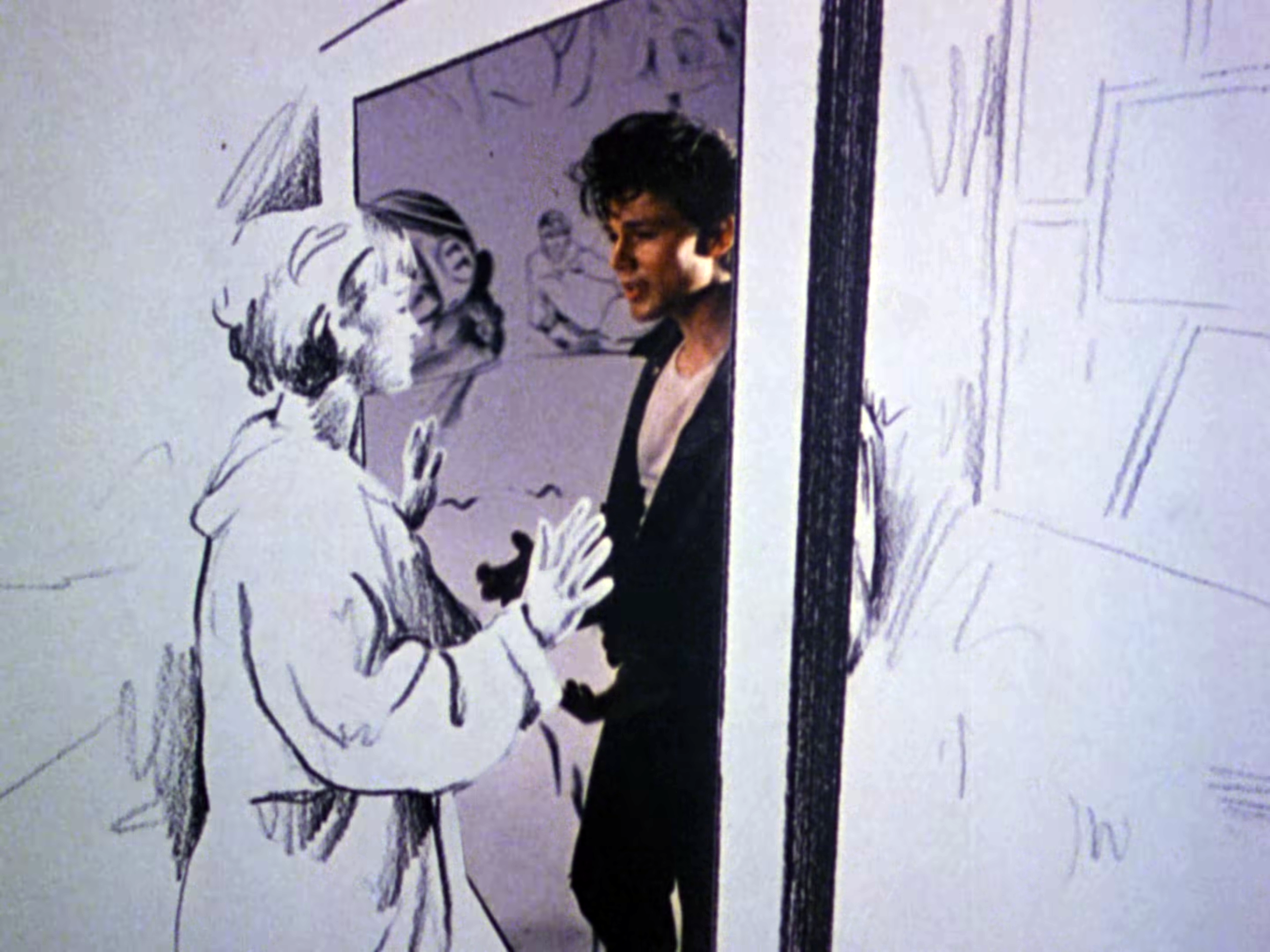
Which brings us to the current era, which has so far been more of a slow build like the 1920s than the big spikes in popularity seen in the late 1930s and early 1980s. Though there are plenty of other instances of the style being used, I’d point to the advances in using computers to bridge the gap between live action and animation in Bob Sabiston and Richard Linklater’s Waking Life (2001) and A Scanner Darkly (2006) which traded in the rough texture of pencils for smooth and swimmy experimentation, as the starting point. These works presaged the rise in all sorts of new directions for rotoscope animation made possible through computers, which have only advanced in the last 15 years.
From the explosion in computer drawing tablets, to ever-more-sophisticated AI for detecting and tracking figures (deepfakes, and the like), to tons of new motion tracking approaches, to the rise in affordable tools that independent filmmakers can access (Joel Haver’s popular comedy videos use EbSynth to generate a partially-automated rotoscope-ish look, for example). In recent years we’ve seen Amazon back the rotoscope specialists at the animation studio Minnow Mountain and their highly-acclaimed rotoscoped Undone series, and HBO is tapping them to bring their style over to their platform with the roller derby series Slam!, so there’s clearly an emerging interest in the approach. The conditions are all there for artists to take these tools and, rather than pursuing photorealism, apply them towards pushing further into that unexplored territory where the limitations of human bodies are met with the endless possibilities of stylized animation.

And there’s so much left to explore. There’s a lot of dynamic, creative friction in the uncertain space where characters who move, speak and gesticulate like humans are paired with the inherent mutability and surrealism of a fully animated world where human physics are rarely a consideration. In a cartoon, characters squash and stretch themselves into contortions and bounce right back, or their invincible bodies risk little more from even the most over-the-top fight than torn clothing. Conversely, in a horror movie, that same kind of physical affront to a body manifests as permanent damage, disfiguring and usually outrageously deadly. Rotoscoping, I would argue, puts the human body in the spotlight, where the focus on the body and its relationship to the fictional world around it is ever-present, which is why when it is deployed, it’s often for films interested in the violent, horrific or erotic (or, less extreme, that physicality makes the romance-with-a-drawing work in the “Take on Me” video, and the wet, reflecting eyes of Undone convey a deep level of emotion in a way in a way that’s heightened by the contrast with the stylization of its world).
Beyond that, there’s so much more to explore in the realm of psychedelic, surrealistic films that embrace an adult’s ability to parse non-traditional narratives or to intuit political and emotional subtext. Outside of the work of the recognized greats – like Satoshi Kon and René Laloux – audiences are resistant to even perceive those non-surface elements in genre animation. And that’s a culture we can change, both in terms of audiences demanding and supporting more, and filmmakers employing the tools to explore the unreal. While there are theoretically endless ways to approach this with animation – budget depending – rotoscoping and stylized motion capture have been the choice for many animators in this pursuit.
The work of exposing general audiences to something experimental is always going to be a challenge. All too often, the mainstreaming of the idea of the “uncanny valley” is used to describe what is simply unfamiliar more than the disturbing and unsettling, so it’s not too surprising to see that levied at rotoscoping techniques – after all, most people could count the number of primarily rotoscoped projects they’ve seen on one hand, if they’d even recognize one as such. I’d contend that it’s more an expectation of what stylized 2D animation is “supposed” to look and move like, since clearly mainstream audiences have gleefully gravitated to the genuinely “off” look of still-not-quite-reality motion capture that’s defined the aesthetic of contemporary CGI-driven blockbusters for over recent decades. If you were looking for a hotter take than “The Black Cauldron is good, actually,” might I also suggest that complaints about the uncanny valley are almost always more to do with an audience’s resistance to having to engage with something aesthetically new to them more than it has anything to do with a 50-year-old hypothesis about being hypothetically repulsed by robots, generally speaking. It’s a criticism that all animators experimenting in the rotoscoping (and rotoscoping-adjacent) territory are bound to encounter, but that’s all the more reason to familiarize audiences with the wealth of aesthetic options outside of the established aesthetic lanes.
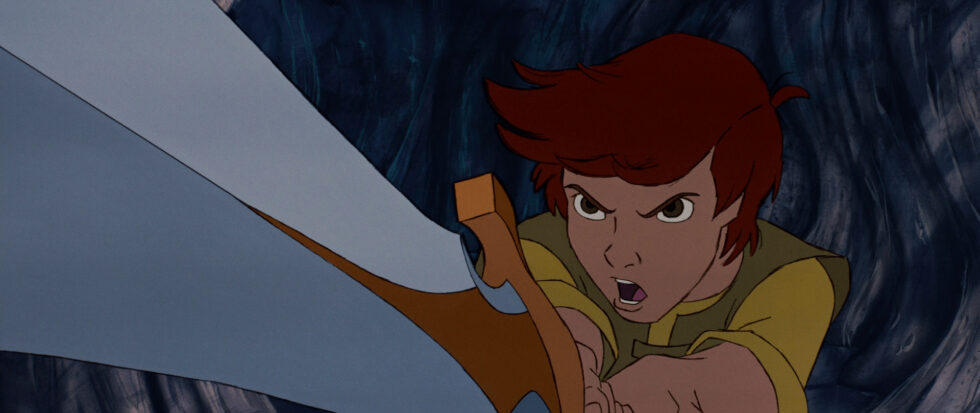
As a lover of genre art and genre films in particular, I think it’s imperative for us to lay the aesthetic groundwork now, to cultivate the garden of the possible in the realm of stylized motion capture and rotoscope animation, because to do otherwise is to cede all that imaginative, weird, countercultural genre territory, for the foreseeable future, to only the mega-budgeted corporate push for hyper-expensive photorealism, in the realm of motion capture, or stick with the stylistically established, commercially-reliable animation trends that have dominated the industry for the last 35 years. Animated films for adults that want to take advantage of capturing realistic performances, and the weight and fragility of the human body, while still being able to place them in impossible fantastical settings with all the creative freedom inherent to the non-realistic, is something that can be embraced and expanded as an independent artform – or a movement? – if we wanted it to.
From another angle, using rotoscoping and AI motion tracking to transform existing media is also a largely untapped area (albeit a more legally dubious one). While its focus is on radical re-editing, I’ve been thinking about the Racer Trash phenomenon happening over the last year – transformative dreamlike deconstructions of existing films live-streamed on Twitch – and how they intersect with a passage that has stuck with me from Margaret Atwood’s Oryx and Crake:
Anyone with a computer could splice together whatever they wanted, or digitally alter old material, or create new animation. You could download one of the standard core plots and add whatever faces you chose, and whatever bodies too. [H]e’d done The Maltese Falcon, with costumes by Kate Greenaway and depth-and-shadow styling by Rembrandt. That one had been good. A dark tonality, great chiaroscuro.
Which, in context, seems to mostly be about the death of original art – or, at least its attrition and erosion – but the possibilities of recontextualizing existing works is a fascinating concept. And isn’t that the process? Artists reinterpreting their influences going on to be reinterpreted again? It’s certainly a major aspect of rotoscoping – reinterpreting the very live action footage I co-directed into new animation is freeing and exciting – and I’d love to see our tools advance far enough that we could actually see what Falcon’s Sam Spade would feel like in delicate Victorian garden wear and barely lit by candlelight. If we’re doomed to live out the rest of our lives with a nearly-extinct public domain (not to keep bringing this back to Disney . . . ), using these transformative animation tools to reclaim the world’s art is a proposition ripe with artistic potential.
I was reading a book at a coffee shop once, years ago – maybe an old edition of John Krasner’s Motion Graphic Design and Fine Art Animation? – that compared attempting hand-rotoscoping a feature film to serving a prison sentence. Having now served seven years at just that (ten if you count the short films), doing hard time shackled to a Wacom tablet, I think that is a pretty fair assessment of the kind of man-hours involved with trying to recreate the hand-drawn look of Bakshi’s rotoscoping era, at least with a very small team. But don’t let that dissuade you – all the emerging tech in this field is going to change that for so many animators and filmmakers who are willing to experiment and create fantastic stylized worlds to frame the captured human form in. The tools to make that possible are becoming more accessible and affordable at the same time larger platforms are opening their doors to it. I very much hope they will find a receptive audience for their enigmatic art as it explores what the valley between live action and animation can be.
———
Morgan Galen King is the founder of Gorgonaut, a rotoscoping animation studio. Their first feature film, Spine of the Night, hits wide release October 29.



